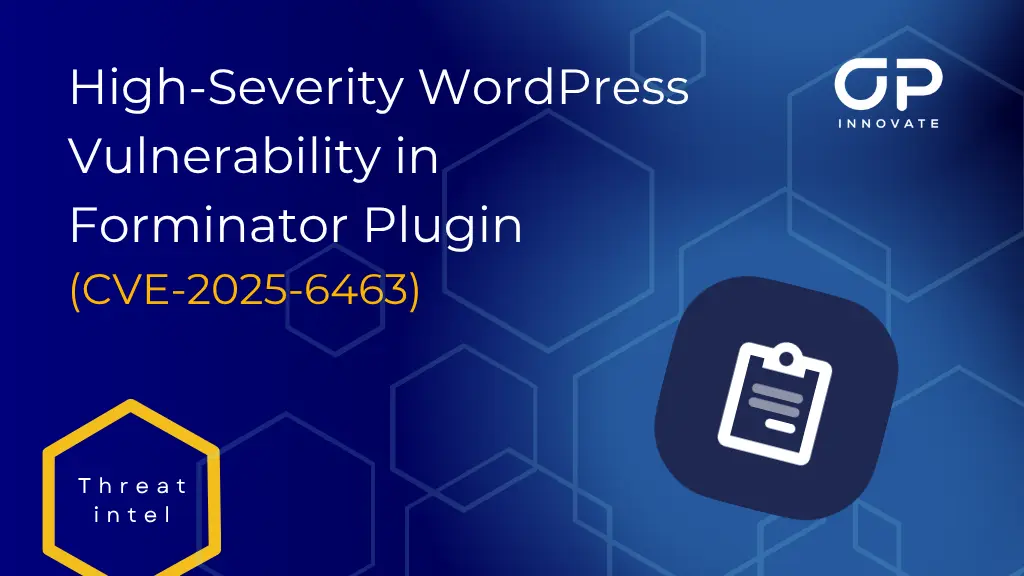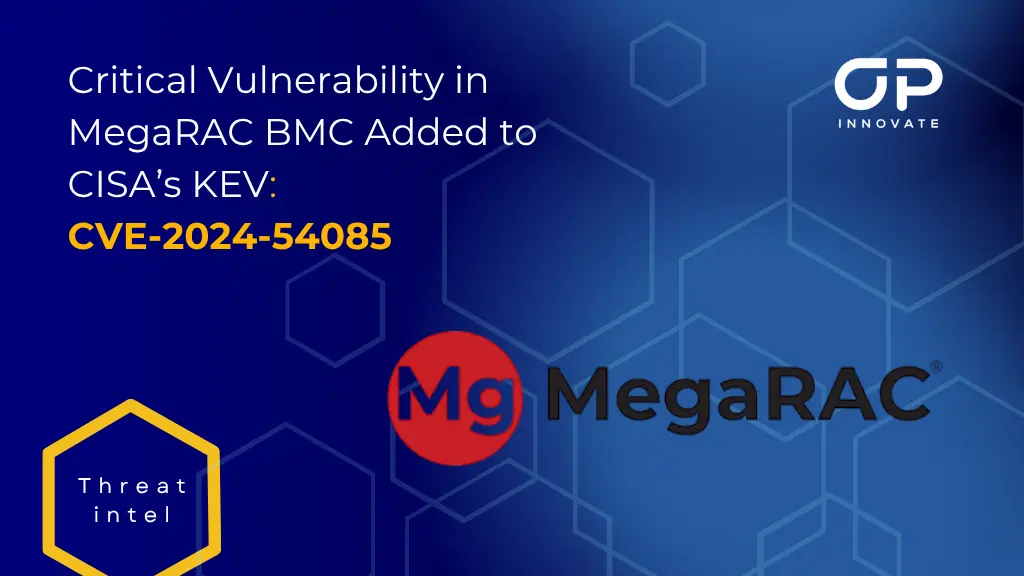Penetration testing is a critical component of any organization’s cybersecurity strategy, which involves authorized simulated attacks against systems and networks to identify vulnerabilities before they can be exploited by real attackers. There are two main approaches to penetration testing: continuous and periodic. Continuous penetration testing involves ongoing scanning and testing to provide real-time visibility into an organization’s security posture. It enables teams to identify and remediate vulnerabilities and threats faster. Periodic penetration testing consists of scheduled point-in-time assessments. In this post, we explore the differences between continuous and periodic pentesting methodologies to help you decide which is better for your business.
Continuous Testing
Continuous penetration testing involves ongoing assessments to identify vulnerabilities in real-time. It leverages automated tools and scanners to continuously scan environments, assets, and applications for security weaknesses. Unlike periodic penetration testing which occurs at defined intervals, continuous testing is persistent. It provides a constant stream of information about an organization’s security posture.
Continuous pentesting aims to identify vulnerabilities as soon as they emerge, before attackers have a chance to discover and exploit them. The automated scans run 24/7 to search for misconfigurations, unpatched systems, insecure coding practices, and other weaknesses across an organization’s attack surface. Alerts are generated immediately when a vulnerability is detected, allowing security teams to prioritize and remediate issues quickly.
The major benefit of continuous penetration testing is its ability to enable proactive security. With real-time visibility into new vulnerabilities as they surface, organizations can respond rapidly to enhance their security posture. Using a continuous penetration testing service effectively shifts organizations into a mode of continuous monitoring rather than point-in-time assessments. It provides actionable insights that allow security personnel to improve configurations, patch systems, refine firewall rules, and harden environments against emerging threats. Instead of waiting for scheduled tests, organizations can detect and remediate risks on an ongoing basis with continuous pentesting.
The Benefits of Continuous Penetration Testing
Continuous pentesting delivers immense value to organizations by providing real-time threat detection. The constant scans allow security teams to identify vulnerabilities as soon as they emerge before attackers have the opportunity to find and exploit them. This real-time visibility enables organizations to get ahead of threats and respond proactively.
With continuous testing, organizations gain an up-to-the-minute view of their security posture. As new assets and environments get added, continuous pentesting will automatically detect misconfigurations or policy violations. When new threats or techniques emerge in the landscape, continuous testing helps determine where organizations may be vulnerable. This level of real-time insight allows for a proactive security approach focused on reducing risk and hardening environments on an ongoing basis.
Overall, continuous penetration testing is highly effective at reducing an organization’s security risks. Studies show that over 60% of data breaches are caused by known vulnerabilities. Continuous pentesting allows organizations to rapidly identify and remediate these vulnerabilities before they can be exploited. By empowering security teams to fix issues as they appear, continuous testing minimizes the attack surface and closes windows of opportunity for attackers. Organizations that embrace continuous testing report increased maturity in vulnerability management and quantifiable risk reduction over time. With persistent scanning, validation, and mitigation, continuous pentesting enables organizations to find and fix issues faster.
Periodic Penetration Testing
Periodic penetration testing, also known as point-in-time pentesting, involves scheduled assessments conducted at regular intervals. Typically performed 1-4 times per year, periodic pentests aim to provide a periodic snapshot of an organization’s security posture.
The main advantage of periodic testing is its comprehensive approach. Scheduled tests allow time for thorough planning, scoping, and enumeration of assets. The pentesters have weeks or months to dive deep into systems, networks, and applications to uncover vulnerabilities. After each test, they can provide a detailed report summarizing all findings.
However, the interval-based nature of periodic testing means vulnerabilities that arise between tests may go undetected, leaving organizations exposed. Frequent testing is required to account for the continuously evolving threat landscape. Periodic testing can supplement, but not replace, continuous assessments.
Periodic pentesting may suit organizations with relatively static environments and limited resources. The interval-based approach allows for cost-effective budgeting of pentest expenditures annually or quarterly. For organizations requiring heavy compliance and certification, scheduled comprehensive tests help satisfy regulatory requirements.
The Benefits of Periodic Penetration Testing
The primary advantage of periodic penetration testing is its methodical, comprehensive approach. Scheduled far in advance, pentesters can extensively enumerate assets, research vulnerabilities, and conduct thorough exploits during testing windows. This allows for meticulous testing of infrastructure, applications, endpoints, cloud environments and more.
The interval-based approach also allows thoughtful budgeting, planning, and resource allocation. Tests can be scheduled during times that minimize disruption to operations. Reports deliver a detailed snapshot of the organization’s security posture, providing actionable remediation advice.
Finally, for organizations requiring regulatory compliance, periodic testing delivers auditable results that satisfy requirements. Tests can be scheduled to align with certification or compliance deadlines. The comprehensive reports provide evidence of security due diligence.
Making the Choice
Choosing between continuous and periodic penetration testing requires evaluating your organization’s specific needs and environment. The nature of your business should guide your approach.
For highly dynamic businesses with frequent changes, continuous testing is likely the better fit to keep pace with evolving infrastructure and emerging threats. The real-time scanning will provide actionable insights to harden environments on an ongoing basis.
Organizations in regulated industries may require scheduled comprehensive assessments to satisfy compliance demands. Periodic testing provides auditable reports. Continuous testing should supplement to detection interim vulnerabilities.
Consider your team’s bandwidth and resources. Continuous testing requires dedicating personnel to monitoring and remediating issues. Periodic testing allows for the planned allocation of resources around scheduled assessments.
For many organizations, a combined approach is beneficial. Continuous testing to monitor for vulnerabilities in real-time, paired with periodic scheduled assessments for compliance and comprehensive reports.
Evaluate your risk tolerance and needs. Continuous testing maximizes risk reduction, while periodic testing balances costs. With careful analysis, you can develop a testing methodology aligned with your business goals.
Implementing Continuous Pentesting
First, assemble a team to monitor scanning results and remediate issues. Choose a continuous penetration testing solution that fits your environment and budget, taking advantage of cloud-based options.
Most solutions provide their own scanners, but you can integrate them with existing tools like vulnerability management platforms. Work with consultants to properly scope and configure continuous scanning.
Schedule testing to run during off-peak hours to minimize disruption. Leverage dashboards and reporting to track testing insights.
Plan and test remediation processes to streamline responses. Document findings and resolutions for continuous improvement. Consider patching processes, configuration management, and training to bolster security.
Ongoing communication, collaboration, and education ensure success. View continuous testing as an enablement for teams to proactively harden security, rather than just generating tickets. Maintain focus on continuous monitoring, assessment, and response.
Frequently Asked Questions
What are the main differences between continuous and periodic penetration testing?
Continuous testing involves ongoing scans to identify vulnerabilities in real time, while periodic testing consists of scheduled point-in-time assessments. Continuous testing provides constant visibility but requires more resources, while periodic testing is comprehensive but snapshots security at intervals.
When should an organization choose continuous penetration testing?
Continuous testing is ideal for organizations with highly dynamic environments, frequent changes, and zero tolerance for risk. It provides real-time visibility to detect threats proactively.
What are the benefits of periodic penetration testing?
Periodic testing allows comprehensive planning to thoroughly test all systems and networks during the engagement window. It can satisfy compliance requirements with detailed reports.
What tools are used for continuous penetration testing?
Continuous testing leverages automated scan engines and vulnerability management platforms to perpetually scan for weaknesses. Cloud-based solutions provide anytime access to results.
How often should periodic penetration testing be performed?
Most experts recommend conducting periodic testing 1-4 times per year, based on factors like compliance needs, change frequency, and risk tolerance.









